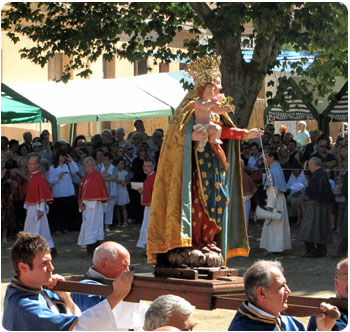
A Santa di u Niolu U Catenacciu Saint John the Baptist Notre Dame de Pancheraccia Christmas Eve and l'ochju

The "Santa" Festival is one of the largest and most important festivals in Corsica. Each year, on the 8th of september, the people gather together to celebrate the Nativity of the Madonna. This tradition, handed down across the centuries, is brought back to life in the little village of Casamaccioli, to the south of the Calacuccia lake. The festival attracts many people to Casamaccioli, up to 10.000 visitors for the three-day event.
The morning begins with a religious service, which is celebrated according to tradition on the square in front of the
parish church. The wooden statue of the Virgin Mary is carried out of the church and placed next to an old crucifix
in front of the altar.
As soon as mass begins, a group of five men sing the Paghjella, a tradional chant. At the end of the mass a group of men
carry the statue of the Virgin Mary round the village square. The Fraternity of Saint Anthony, white robed penitants, forms
the granitula, a spiral procession.
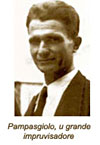 Traders erect their stalls and sell their products like lonzu, coppa, wine, honey, liqueur and eau de vie.
Traders erect their stalls and sell their products like lonzu, coppa, wine, honey, liqueur and eau de vie.
During the afternoon of the first day, the mountain shepherds gather to compete with one another in the improvisations and
the 'Chjam' è Rispondi', a musical dialogue. They demonstrate a quick wit, often very humourous. The verses sang
by the older men are full of poetry. The singer who is best in expressing himself is rewarded by applause and laughter
from the audience.
The music and singing will go on until the sun finally disappears behind the peaks of the Cinque Frati and the Monte Cintu.
The story of the Santa
On a stormy night back in the 15th century a ship had been blown off course near Galéria. Its situation seemed
hopeless, but the captain prayed to the Virgin Mary for assistance. In his despair he vowed to donate the most beautiful statue of the Madonna he
could find in Genoa. Immediately a strange light appeared above the Franciscan Monastery at the foot of the Tafonata
forest. The captain kept his promise and the statue was erected in the monastery church.
During the 16th century, when the Turks destroyed the monastery, the statue of the Madonna was saved. It was carried by mule
high up into the mountains of the Niolo. When the mule reached the village of Casamaccioli, it suddenly threw the statue to
the ground. The statue was placed in the Chapel of Saint Antoine near the cemetary. The next day it miraculously reappeared in the middle
of the village.
After this had happened several times, the shepherds of the Niolu built a church dedicated to the Virgin.
Ever since that day, they have celebrated the festival of the Nativity of the Virgin.
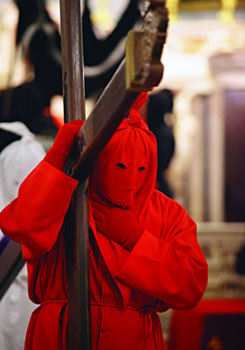 |
The Catenacciu-procession is one of the most impressive Easter week customs on Corsica, a 700-years old tradition. (Catenacciu
means "the Chained One"). Every year the event takes place on the evening of Good Friday in the most Corsican of all villages,
Sartène. In the afternoon the village centre is closed to traffic, but the ceremony only begins when it is completely dark. Around 21.00 the street-lights go out and now the old town-centre is only lit by the candles on the balconies of the houses. It gives a very medieval feeling. The square in front of the church is packed with people, who are waiting with tense expectation. Then....a hush, whispers...and finally the Catenacciu appears. No one knows who he is, the Grand Penitent is anonymous. Only the priest, who has helped him to prepare for the procession in the Saint Damians Monastery, knows his identity. The Grand Penitent is enveloped in a red hooded robe from his head to his naked feet. The Chains around his ankles weigh 14 kg. Bent double under the weight of the cross (32 kg) he swayes, stumbles and falls to the ground. This is part of the tradition and may even be authentic. Only one man is allowed to help him: the Little Penitent, representing Simon of Cyrene. The Grand and the Little Penitent are followed by by the Penitents Noirs, eight men in black, bearing a wooden effigy of the dead Christ. Behind them the Fraternities and other participants who are quietly chanting the invocation Perdono mio Dio, Dio perdono.... The procession reaches the half-way point; questions, answer, incantations..the ritual of the Stations of the Cross. Then they move off once more into the dark, the voices and the sound of the chains echo in the narrow alleyways. The journey of the Grand Penitent ends where it began, beside the Church of Sainte Marie where the priest delivers a Sermon and Blessings to the peope gathered at the square. |
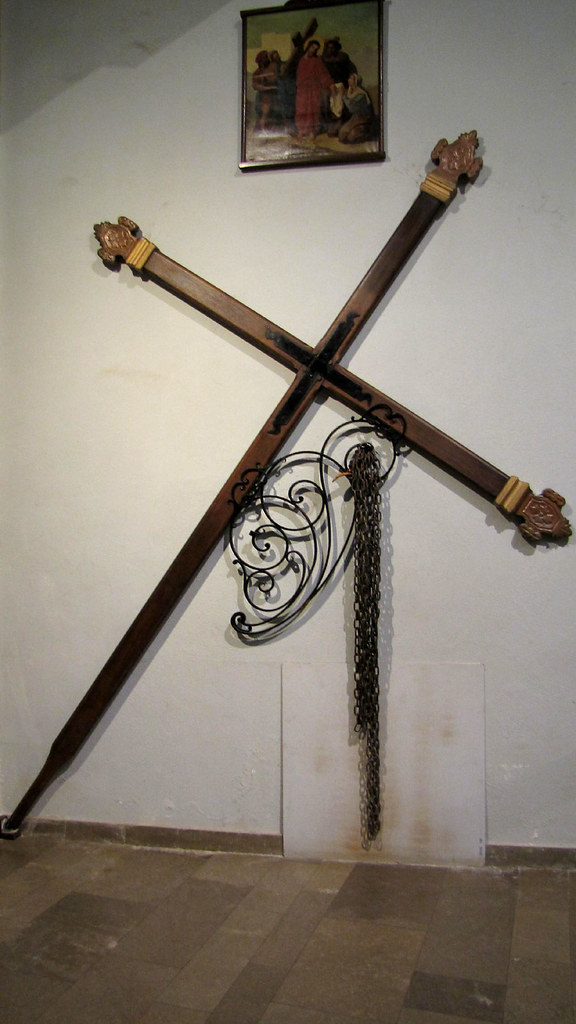
|
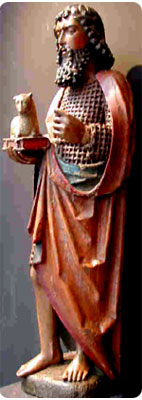
Dorothy Carrington tells us:
Christianity, established in the island since Roman times, has struck deep roots into the Corsican collective psyche. It is adhered to with fervour and respect, in exaltation and in grief, as a counter-force to all the harm inherent in the universe. Slow to accept technical innovations from abroad, the Corsicans were responsive to spiritual influences: the megalithic faith in pre- and proto-historic times, then Christianity from the second century. Environed by pagan forces, Christianity, militant, proclaimed itself with its churches and chapels all over the island.Source: Dorothy Carrington: The Dream-Hunters of Corsica (1995)
Legends & studies by Dorothy Carrington
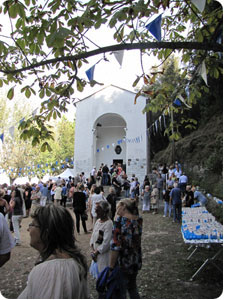 In the village of Pancheraccia, as was the case in Lourdes, it is said that in the 18C the Virgin appeared to a little girl lost in the
woods, creating a spring in a place where there was nothing but rocks and maquis.
In the village of Pancheraccia, as was the case in Lourdes, it is said that in the 18C the Virgin appeared to a little girl lost in the
woods, creating a spring in a place where there was nothing but rocks and maquis.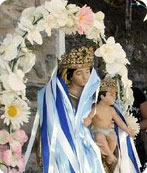 Many graces were obtained through the intercession of the «Madone of Pancheraccia».
Many graces were obtained through the intercession of the «Madone of Pancheraccia».
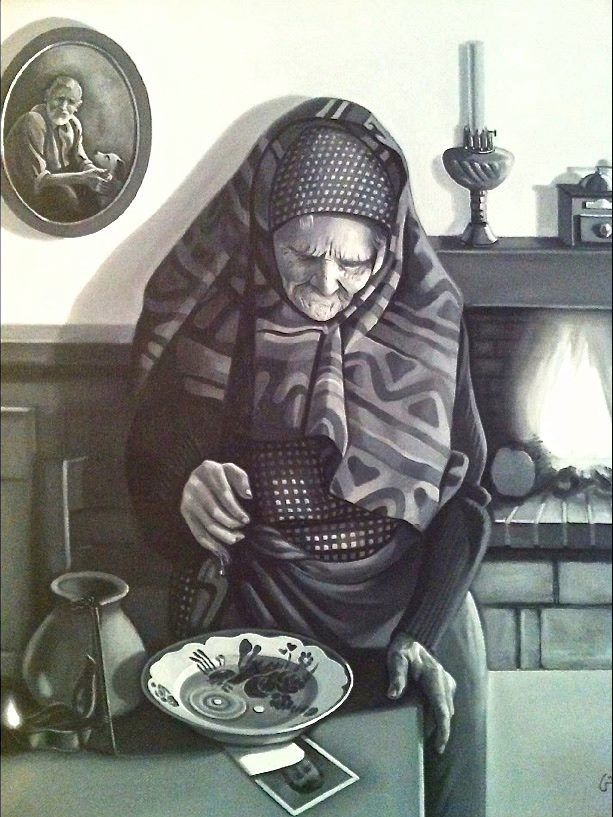
| top | home |